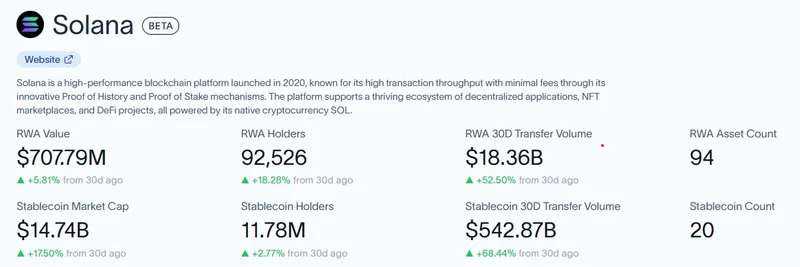Hey there, fellow blockchain enthusiasts! If you're knee-deep in the world of meme tokens on Solana, you've probably heard the buzz about how this network is a hotbed for quick launches and viral projects. But what if I told you that building on Solana just got a whole lot more accessible? A recent tweet from Jacob Creech, Head of Developer Relations at the Solana Foundation, highlights a game-changing tool called sBPF-linker that's opening the doors to programming Solana in languages beyond the usual Rust suspects.
What's the Big Deal with sBPF-Linker?
First off, let's break down what sBPF-linker is without getting too jargon-heavy. Solana runs its smart contracts—called programs—using a customized version of eBPF called sBPF (Solana Berkeley Packet Filter). Traditionally, developers needed a forked version of Rust and LLVM to build these programs, which could be a hassle, especially for newcomers. Enter sBPF-linker, developed by the team at Blueshift. This nifty tool lets you compile code using standard, upstream tools and then "relinks" it to make it compatible with Solana's runtime.
The result? You can now experiment with Solana programs in a bunch of new languages, making it easier for devs from different backgrounds to jump in. As Creech pointed out in his tweet, we've seen an "explosion" of options in just the past week: Swift, C, Nim, Zig, and now Python. This isn't just tech talk—it's about lowering barriers so more creators can build wild meme token ideas without wrestling with unfamiliar tooling.
Python Joins the Party: Meet Pylana
The tweet quotes Arthur Bretas sharing his GitHub repo for Pylana, a proof-of-concept that transpiles Python code into Solana-compatible programs. Using libraries like llvmlite, it generates LLVM Intermediate Representation (IR), compiles it to bitcode, and then uses sBPF-linker to finalize it for deployment.
Imagine writing a simple "Hello World" program in Python that logs a message on-chain. Installation is straightforward: set up a virtual environment, install dependencies, and grab sBPF-linker via Cargo. Then, build and deploy with a script, and test it using Node.js. For meme token devs, this means prototyping token launchers or airdrop tools in a language that's beginner-friendly and widely used in data science—perfect for analyzing pump.fun trends or automating trades.
Swift, C, Nim, and Zig: The New Kids on the Block
The innovation doesn't stop at Python. Here's a quick rundown of the other languages making waves, all powered by sBPF-linker:
Swift: David Leung's Swiftana pipeline compiles Swift code to LLVM IR, applies fixes, and links it for Solana. Great for iOS devs wanting to integrate meme token wallets or NFT viewers directly into mobile apps.
C: Arthur Bretas also dropped C-Nocchio, a minimal PoC in C. C's low-level control could appeal to performance-obsessed devs building high-speed trading bots for meme coins.
Nim: Ichigo's Nimlana template lets you build in Nim, a language known for its speed and Python-like syntax. Ideal for quick scripts that manage meme token liquidity pools.
Zig: Vitor Py's Zignocchio uses a build script to compile Zig code for Solana. Zig's focus on safety and simplicity could help avoid common bugs in meme token contracts, like overflow errors in reward distributions.
These PoCs are inspired by the "Pinocchio" theme—think breaking free from strings, much like devs breaking free from Rust-only constraints. And with Solana's upstream alignment, you get the latest language features without waiting for custom forks.
Why This Matters for Meme Tokens
Solana is already the go-to for meme tokens thanks to its low fees and lightning-fast transactions—think of hits like pump.fun launches or viral dog coins. But sBPF-linker supercharges this by inviting more developers into the ecosystem. If you're a Python whiz from the data world, you can now whip up analytics-driven meme strategies. Swift experts from Apple land? Build seamless mobile experiences for trading memes on the go.
This diversity fosters experimentation: imagine meme tokens with built-in AI logic written in Python or ultra-efficient C code for gamified staking. It's all about accelerating innovation, as Creech notes, by leveraging upstream tools. For blockchain practitioners, this means a richer knowledge base—more tutorials, libraries, and community support across languages.
If you're itching to try it, start with cargo install sbpf-linker and check out the repos linked above. Who knows? Your next meme token hit might be coded in your favorite language.
Got thoughts on this dev revolution? Drop a comment or hit up the Solana community on X. Let's keep pushing the boundaries of what's possible in crypto!



